'Hidden gem' Seattle park is the surprising home of this art show
Published in Entertainment News
The first thing you notice about Seattle's I-5 Colonnade Park is the light. Or lack thereof: On a clear October morning, the freeway nearly 100 feet overhead eclipsed the sky, leaving only slivers of blue. Next, you hear the unrelenting roar of cars thundering to their destinations.
This small, somewhat dim park under Interstate 5 is a surprising place to encounter art — especially a cluster of iridescent collages that shimmer like dazzling kaleidoscopes.
With "Charms," an outdoor art exhibit on view through Nov. 17 in the Colonnade Park between Eastlake and Capitol Hill, Seattle artist Matthew Offenbacher hopes to offer a sense of magic in our gray day-to-day.
"What I'm trying to think about is this question: What is art in the world?" Offenbacher said, standing in front of a shiny, flat collage affixed to one of the park's massive columns. "What is this power?"
His premise: By jolting us out of our everyday stupor, art has spellbinding abilities.
Facing one of his seven "charms" — made from overlapping sheets of thin holographic and dichroic film, aluminum foil, duct tape, chocolate bar wrappers and glitter — Offenbacher's theory suddenly springs to life. As if divinely ordained, a ray of morning sun broke through an opening in the concrete ceiling and spotlighted the collage, which transformed into a glittering rainbow.
While multihued in the right light, these artworks aren't intrinsically colorful — the film Offenbacher used isn't pigmented. The colors come from the light it refracts at different angles, like dragonfly wings or scratch-off lottery labels.
And like delicate insect wings, these pieces look vulnerable amid the concrete. The overpass largely protects the artworks from the rain, but Offenbacher also potentially exposes them to risks like tagging, theft or destruction.
"I think these are probably getting touched a lot," Offenbacher said. "This is not a precious art environment."
There are no gallery assistants or guards to say "hands off," no glass frame or velvet rope — but that's part of the point.
By making these works literally unguarded in a place that has at times been a haven for graffiti and tents, Offenbacher's work is a pointed commentary on what we choose to "protect," and a call to focus on those who are vulnerable and overlooked as the city plows ahead at mind-bending velocity.
"Haunted" beauty
A longtime local artist-curator and community organizer, Offenbacher is no stranger to unique art projects with a political bent.
In 2015, he and partner Jennifer Nemhauser used Offenbacher's $25,000 prize money from the notable Neddy Artist Award to purchase artwork with queer and feminist themes by local artists. The couple then donated the works to the Seattle Art Museum as part of an artwork-meets-institutional critique titled "Deed of Gift," meant to highlight how certain groups have long been underrepresented in major art museums and collections.
For his performance "Feelings (a work in progress)," he added a rock musician and a bystander intervention trainer to a lineup of dancers exploring threads of connection between art forms deemed "classic" (rock, Greek sculpture) with ideas of power and supremacy.
"Charms" is Offenbacher's first solo show since 2019. For the past few years, he's been working on these collages in his Sodo art studio. On one of his many walks through the "hidden gem" park, a 7.5-acre forest of hulking columns under the freeway, it clicked. He'd show the new works right here.
"The space has a really intense energy," Offenbacher said. "It feels a little haunted."
But with its winding paths and trails, it's also beautiful — especially when sunlight manages to break through the elevated roads at just the right angle, like a Stonehenge for city dwellers.
Offenbacher was also intrigued by the park's layers of history, which he traced from precolonial times all the way to the 1960s, when the new freeway displaced local residents. In more recent times, the park became a refuge for mountain-bikers, dog-walkers, homeless people and graffiti artists, who tag the columns regularly. The city frequently paints over the tags.
Offenbacher got permission from the Washington State Department of Transportation (which maintains the columns) and city of Seattle (which operates the park) to hang his art. But he likes that his work is, as he put it, "in conversation" with the graffiti that surrounds it.
To Offenbacher, this evokes interesting questions: Who is authorized to occupy public space? Like his artworks, who is exposed to the elements? Who is safe?
In this way, "Charms" is also a critique of the city's sanitation of public space by buffing graffiti and "sweeping" vulnerable people.
"I think it's a tremendous waste of money that could be actually going towards people and things that people need in order to survive in an increasingly expensive city," Offenbacher said.
(A spokesperson for Mayor Bruce Harrell said "the difference between art and vandalism" is consent and touted the city's investments in new art projects and graffiti abatement. The spokesperson also pointed to "record" funding to address root causes of homelessness and lauded the efforts of the city's Unified Care Team to "improve the lives of those living unsheltered and restore public spaces for their intended use.")
Offenbacher hopes his "Charms" cast the kind of spell that nudges people to think about their relationship to public as well as personal safety.
"When do they feel safe?" he said. "I hope it brings that up for people, too — and that's the magic part."
©2024 The Seattle Times. Visit seattletimes.com. Distributed by Tribune Content Agency, LLC.





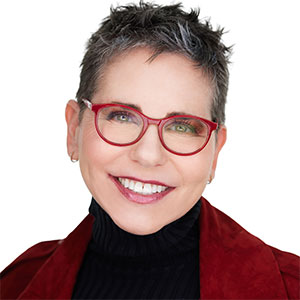
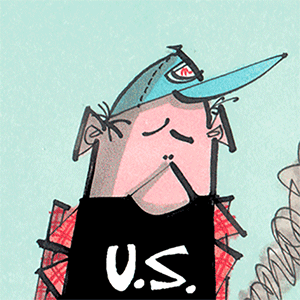
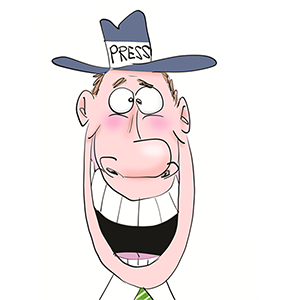

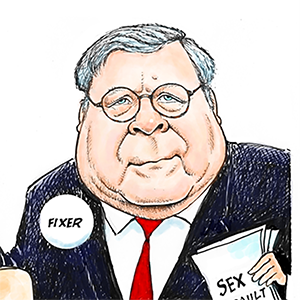
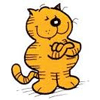
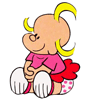
Comments